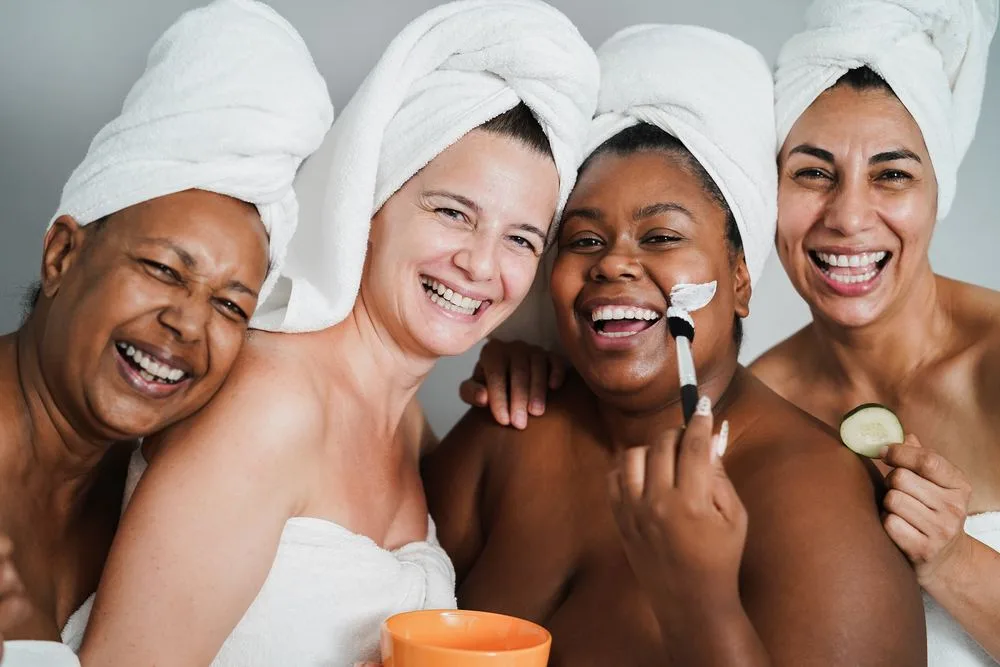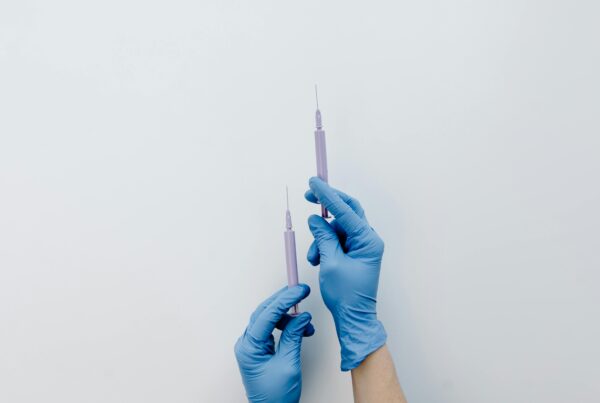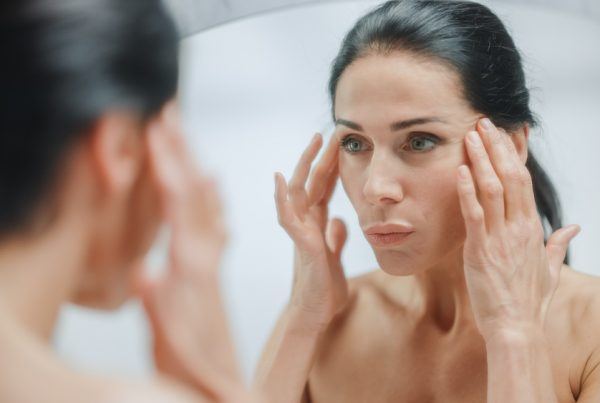What are some of your most common beauty concerns, and how do you address them? If you’re struggling with cakey make-up or too short lashes, we have a few tricks you can pick up.
How To Fix Common Beauty Concerns
1. How to Fix…Cakey make-up
Cakey make-up is make-up of the worst kind: characterized by patchy, over-textured skin that is unmistakable, even from a distance, and very obvious pores and fine lines.
While the blame is usually placed on a full-coverage foundation, in fact, the culprit is more likely to be how the products are applied or layered. A cakey appearance is typically the result of too much product being applied (especially when layered) or too many products ultimately clashing with one another.
Occasionally, however, it could result from the texture of your skin. Skin that is too dry or too oily, or skin that hasn’t been prepped properly, can result in a look that is less than appealing.
First, prep your skin properly
The most important thing you can do for your skin is to know what you’re dealing with and how best to care for the skin type you have. If your skin is particularly difficult to manage, it’ll be worth visiting a dermatologist for an assessment.
When you apply foundation, blend properly
In all likelihood, if your foundation is looking cakey when you’re applying it, you haven’t finished blending, despite what you may think. Using a damp beauty blender to apply the foundation to the skin for around three minutes will help it to set properly. Blending properly will eliminate any harsh lines while making sure your skin is well covered.
Target your under-eye area
If your under-eyes are properly set and covered, but you still have pesky lines, try spraying some setting spray onto a clean, damp beauty blender, and stamping into the eye area. This targets the specific area.
Finish with setting spray
Once you’ve finished applying your make-up, including powder and contour, use a good setting spray to settle it into your skin, simultaneously locking it in place and getting rid of the powdery residue.
2. How to fix…disappearing eyebrows
Sparse and “disappearing” eyebrows are more common than you may think. And with bigger, thicker, and fuller brows now fully “in”, you may be wondering what you can do.
There are many possible causes of thin, sparse, or disappearing eyebrows, including genetic predisposition, over-tweezing, over-waxing, side-effects of medication, alopecia and, finally, aging.
But while there is very little you can do to regrow them or get them “back”, there are options if you struggle with a distinct lack of brows.
Makeup
This is the most obvious and, indeed, the go-to option for many. Plenty of make-up brands offer an increasingly large range of brow products, including eyebrow pencils, powder, eyebrow mascara, gels, and even waxes. If you’re happy to settle for filling in your brows daily with makeup, this is the cheapest and easiest solution.
All you really need to do is ensure that you get a shape going that works well for your face. Sometimes, if you’re not too confident, it’s best to draw the shape with a light brow pencil before filling it in with your chosen products.
More permanent options
If filling in your brows on a daily basis is becoming a try, there are more permanent solutions. However, these are generally more expensive and, of course, much more permanent. If color is your only issue and your brows are a bit too light, you can have them professionally dyed, to create the illusion of thicker and fuller brows. Other popular options are microblading or microshading. Both are cosmetic procedures that need to be performed by licensed therapists.

Microblading and microshading are essentially methods of tattooing for brows. With microblading, the strokes aim to mimic real hair and fill in sparse areas, while microshading aims to mimic the filling in of the brow with a powder or pencil. The results of microblading last between eight and 12 months, and micro shading up to six months, after which you’ll need a touch-up.
3. How to…maintain color-treated hair
We all like a change once in a while, and one of the easiest things to change is our hair color. Now that life has returned to some semblance of normality, post-COVID-19, we’re starting to have fun with our hair and make-up again. One of the most popular colors of the moment is the gorgeous copper tone we’re seeing on celebs and influencers.
But coloring your hair regularly can be damaging, and it’s expensive, so you’ll want to maintain the color for as long as possible. Here are some tips for preventing damage and making your color last longer:
Here are some ingredients you should avoid at all costs
According to pro-colorist Richy Kandasamy, speaking to Vogue, sulfates, parabens, sodium chloride, and petrochemicals are all to be avoided. While sulfates foam up nicely, they dry out the hair, and color-treated hair is usually already on the drier side. Sodium chloride (essentially salt) is a common additive, but it also dries out the hair and even causes the color to fade.
To keep your hair healthy
Treat your hair to a weekly deep-conditioning mask. Try to take a break from heat tools as often as you can (when you do use them, keep the temperatures low). Always use heat protectants, and make sure to nourish your mid-lengths and ends with a good-quality serum or oil.
The quality of your hair treatments can also make a big difference, so it’s best to take advice from a trusted colorist when it comes to at-home products.
4. How to…make your lashes look longer
Many women want longer, thicker-looking lashes, but false lashes can be tough to apply and can be a hassle, especially if you’re going to apply them daily. Luckily, there are a couple of other options.
Serums
A lash growth serum will likely get to the root of the problem, helping to strengthen, moisturize and nourish eyelashes, and ultimately preventing damage and excess fallout. However, it’s hardly an instant fix. You’ll need to be consistent in your application for about three months before you start to see any noticeable change.
Tips of the trade
However, if you’re looking for a more immediate effect, make-up, and a few styling tools and tricks of the trade will be your best friend.
A great place to start is with the humble lash curler. Then prime those lashes before you reach for your mascara. Many lash primers also serve to condition the lashes. When you do get to mascara, you should apply at least two coats. You’ll never get great coverage with just a single. Apply it from the root to the tip. If you want your lashes to look even fuller and thicker, go the extra mile by tightlining your eyes. This involves filling in that bit of skin right under the roots of your lashes with smudge-proof eyeliner.



![women [longevity live]](https://longevitylive.com/wp-content/uploads/2020/01/photo-of-women-walking-down-the-street-1116984-100x100.jpg)










